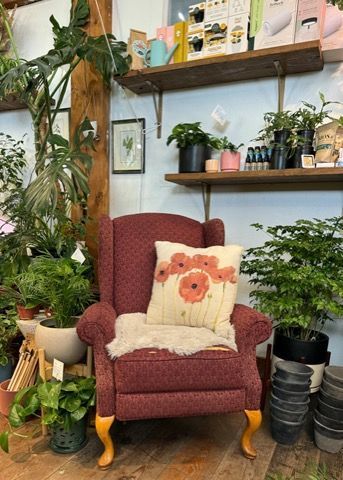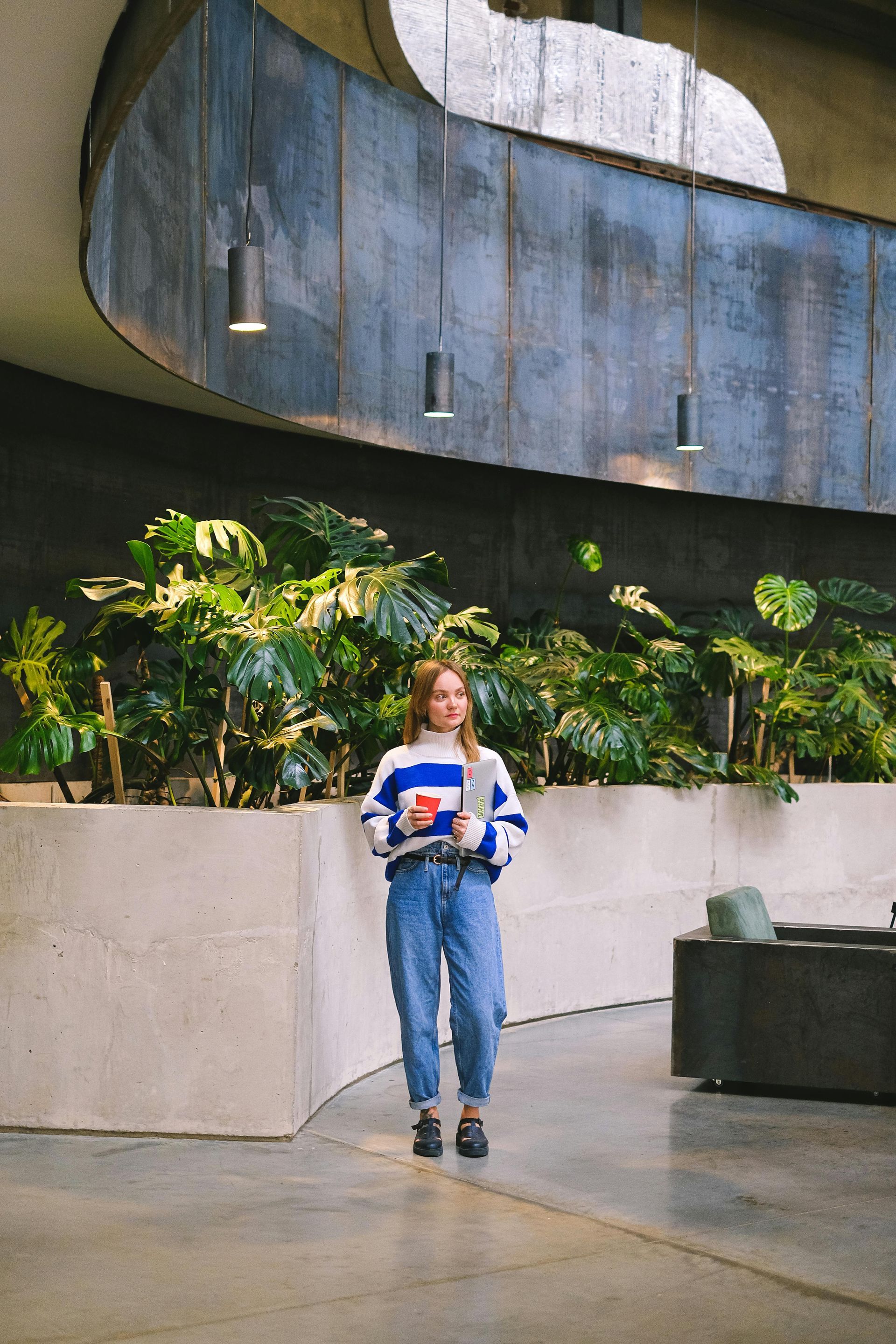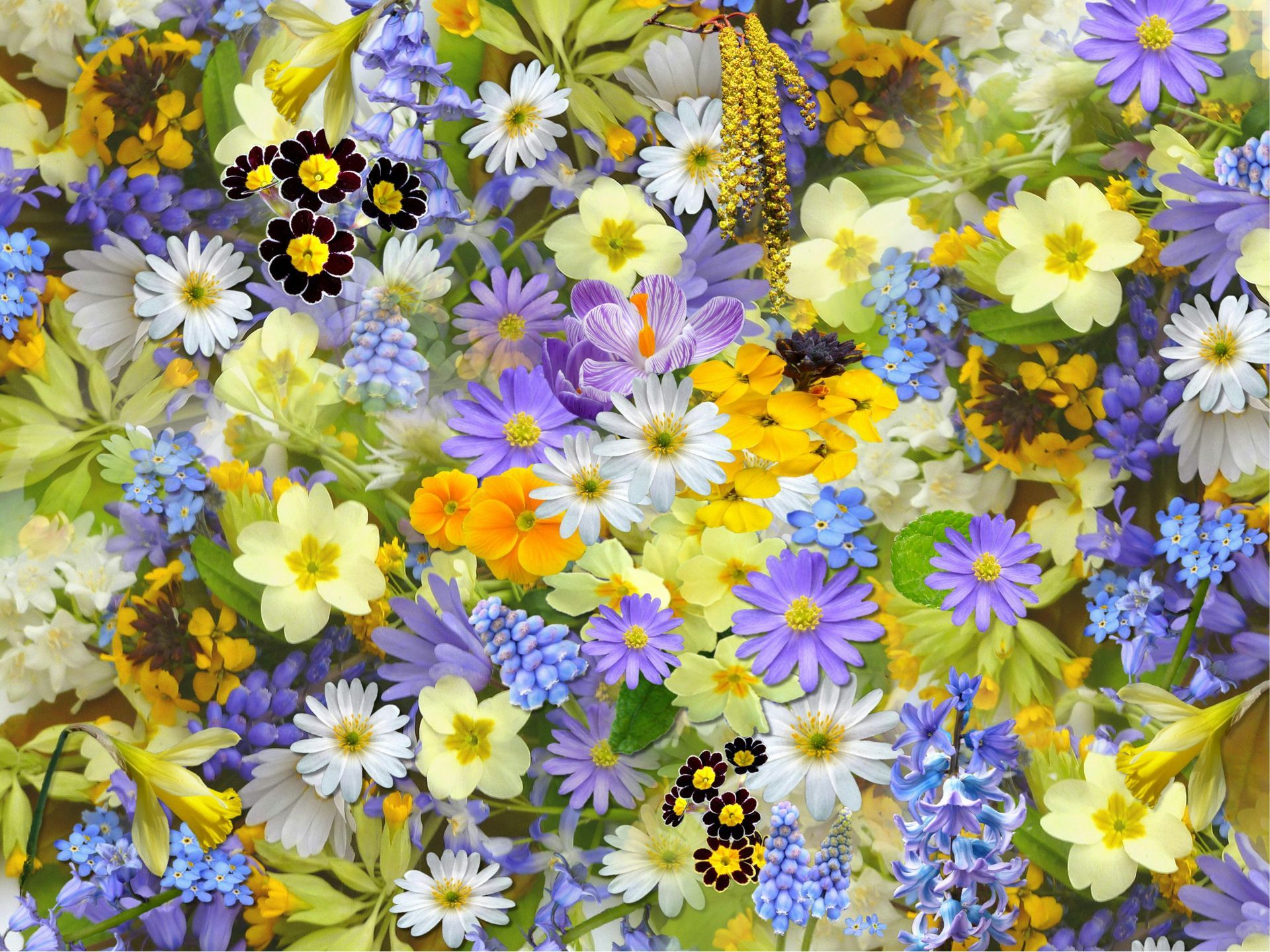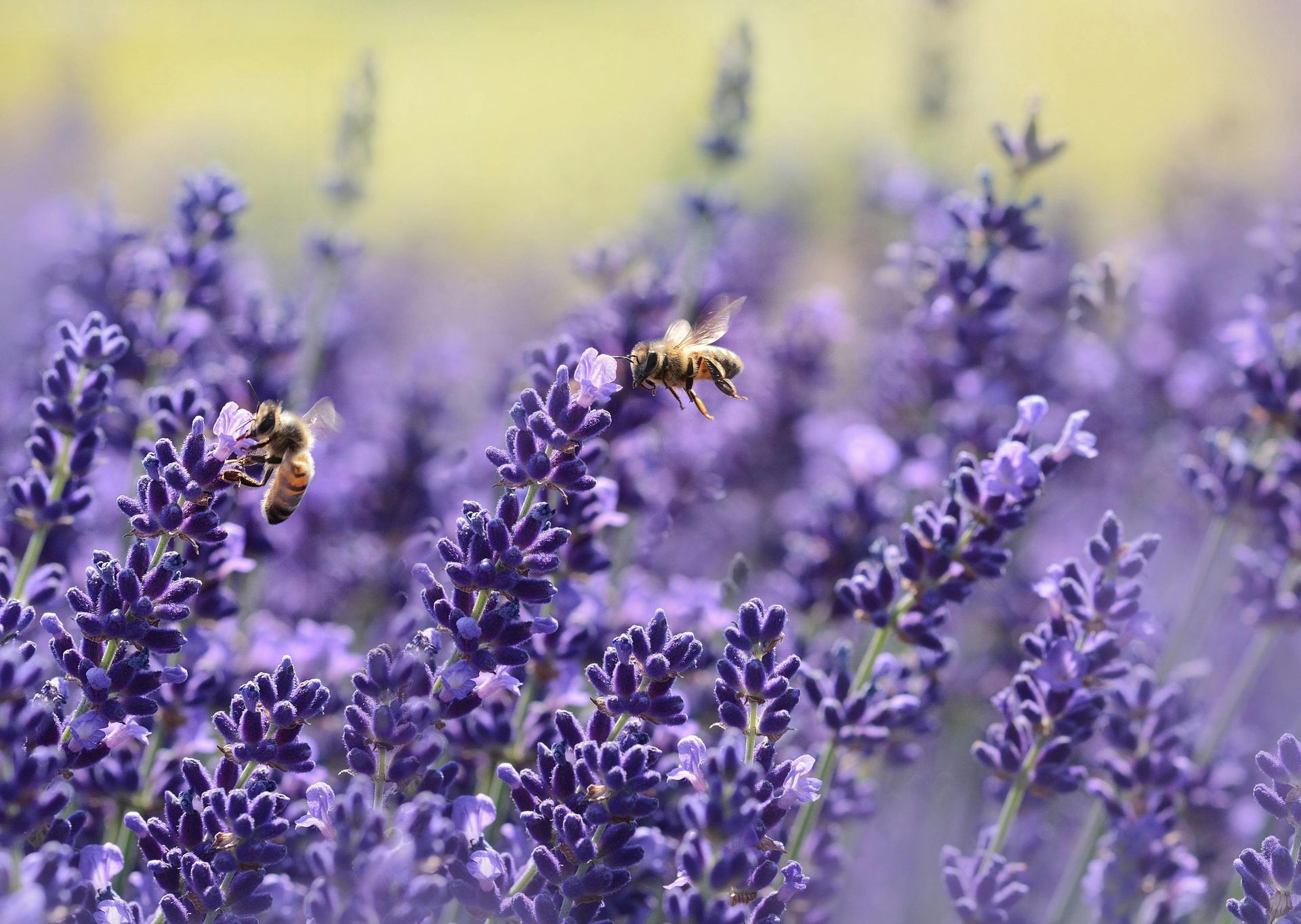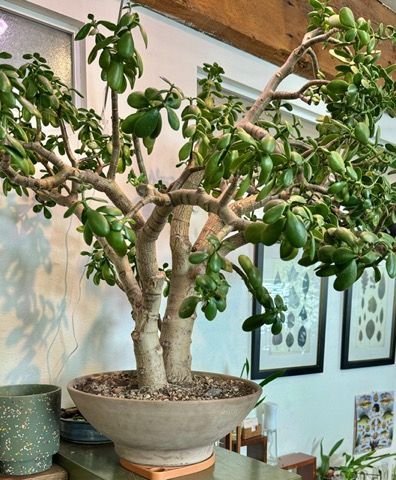What To Know Before You Plant Outdoors in Missoula
Planting Outdoors in Missoula Has Unique Challenges
Planting outdoors in Missoula comes with challenges beyond just the weather, and one of those challenges is also what makes Missoula geographically unique.
Missoula was once the site of Glacial Lake Missoula, a massive prehistoric lake that existed during the last Ice Age, around 15,000 to 13,000 years ago. This lake was formed when a glacial ice dam blocked the Clark Fork River in what is now western Montana. The dam, made of ice, was over 2,000 feet high and held back an estimated 500 cubic miles of water, creating a lake that was deeper than 2,000 feet in some areas—higher than modern-day Missoula.
Eventually, the ice dam weakened and catastrophically failed, releasing an immense flood of water across what is now Washington, Oregon, and Idaho. These floods happened dozens of times over thousands of years, carving out massive landscapes, including the Channeled Scablands of eastern Washington and the Columbia River Gorge.
Evidence of Glacial Lake Missoula in Missoula Today
- Lakebed Deposits – The fertile valley soil in Missoula is a result of sediment left behind by the lake. This makes the region great for growing plants in Missoula, including vegetables and native flowers.
- Wave-Cut Terraces – If you look at the hills surrounding Missoula, you can see ancient shoreline terraces, showing the different water levels of the lake.
- Boulder Deposits – Large boulders, called “erratics,” were carried by the ice and left behind when the lake drained.
How this Impacts Gardening in Missoula
The sediments from Glacial Lake Missoula created nutrient-rich but sometimes compacted soils, making it important for gardeners to test and amend their soil before planting seeds in Montana. The well-draining nature of some areas means irrigation is often necessary, but the deposits also contribute to Missoula’s diverse plant life and productive gardens.
This unique glacial history not only shaped the geography of Missoula but also influences everything from soil conditions to local plant life, making it a fascinating backdrop for gardening and conservation efforts today!
To ensure success before planting flowers and vegetables outdoors in Missoula, it's really important to test your soil. Healthy soil is the first step to help your plants grow strong and healthy. Here’s a simple guide on how to check your soil and see if it needs any improvements:
1. Do a Quick Soil Texture Test
The texture of your soil can influence how well it holds water and nutrients. The Squeeze Test is a simple way to check it out. Squeeze a handful of moist soil:
- If it breaks apart easily, you have loamy soil (great for most plants).
- If it stays in a ball, it’s probably clay, which is heavy, and you may need to add some sand or organic matter.
- If your soil crumbles quickly, it may be too sandy and could benefit from some compost for better moisture retention.
2. Measure the pH of Your Soil pH
- The pH level of your soil plays a role in making nutrients available to your plants. Most veggies thrive in a slightly acidic to neutral pH (6.0-7.0). You can check the pH by using a home pH test kit , or trying a DIY vinegar & baking soda test. First, mix a small sample of soil with distilled water. Split your sample into two, then:
- Add vinegar—if it bubbles, your soil is alkaline. This means your pH is too high. Add sulfur or peat moss.
- Add baking soda—if it fizzes, your soil is acidic, meaning the pH is too low. Sprinkle in some lime.
3. Check Your Soil for Nutrients
You can find out what nutrients your soil has with a soil test kit or by sending a sample to a lab. Here are the nutrients you are looking for.
- Nitrogen (N): Important for leafy growth; if it's low, add compost or aged manure.
- Phosphorus (P): Aids root development; if it's lacking, add bone meal or rock phosphate.
- Potassium (K): Boosts disease resistance; if it's low, try adding wood ash or greensand.
4. Test Your Soil's Drainage
Dig a hole about 12 inches deep and fill it with water. If it drains in a few hours, your soil has good drainage. If water sticks around, think about adding compost or sand to help it drain better.
5. Look for Organic Matter
Good soil should look dark, crumbly, and full of organic material. If it looks compacted or you don’t see any earthworms, it may need some compost or mulch to enhance its fertility.
6. Get a Professional Soil Test
For the most accurate results, send a soil sample to your local agricultural extension service or a soil testing service. They will provide you with a tailored recommendations based on your soil’s specific needs.
By testing and amending your soil before planting, you’re giving your Missoula vegetable and flower seeds a excellent shot at thriving! Also, be sure to invest in seeds with a high success rate. At Leaf and Quiet, we only stock seeds known to have the highest possible germination rate to make sure you get a great value. Once germinated, the success of your plants will be up to you, and the steps you take both before and after planting. Be sure to read our articles with tips for planting flowers and vegetables.
